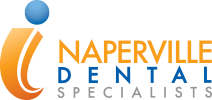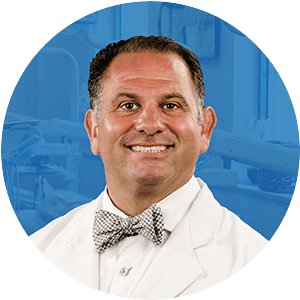A sinus lift is also known as sinus augmentation or elevation. It is required when the sinus cavity enlarges due to bone shrinkage that occurs when upper back teeth are missing. As the jawbone shrinks, the sinuses grow and consume more space. Also, as we age, sinuses grow in volume.
The procedure raises the sinus floor, and bone grafting, or augmentation, provides the bone density required to support dental implants. The bone is added below the sinus cavity, but it does not cause sinus, speech, or intonation problems. Your implant surgeon will explain which technique will be used to raise the sinus cavity.
Autogenous, or your own bone tissue, provides the best results and the fastest healing period. Bone can be also obtained from human cadaver tissue banks, animal bone tissue banks, or synthetic tissue. All sources are regulated for sanitation and safety. Your implant dentist will explain your options, and what to expect from each of them.
After the grafting is completed, there is generally a four to twelve month healing period—depending on your case and the source of the bone tissue—after which dental implants can be placed. The strong, dense bone will support dental implants and ensure they will last. At times, the augmentation and dental implant placement can be completed as one procedure, but enough stable bone must be present.
After the bone heals around the implants, a dental crown will be secured to the implant. Your implants will feel and function like natural teeth.
The sinus lift, or augmentation, has been safely used for decades. The results are predictable. The procedure increases your chances of having successful implant placement and retention. Most patients experience only minimal discomfort with the procedure.
If you require dental implants in the area where upper back teeth were located, your implant dentist will determine if you have adequate bone density. Examination and diagnostic studies will help your implant dentist make the determination. If a sinus elevation is required, your options will be explained.
This post is sponsored by Naperville implant dentist and board-certified prosthodontist Dr. Anthony LaVacca.
































